What Is Mortar?
Important Point
Mortar is a mixture in varying proportions of binding material like cement or lime and an inert material like sand or surkhi (crushed burnt brick) or crushed stone mixed with water.
According to requirement, definite quantities of cementing material, sand, or surkhi, and water is added and thoroughly mixed to make a paste for binding brick or stone masonry and for providing a protective and finishing covering on the inner and outer faces of construction as plaster.
Mortar serves various functions in civil engineering structures. It provides cohesion between bricks or stones and, when hardened, holds the materials together to make those into a single mass of considerable strength.
Mortar forms an even bed between two courses of masonry works, which helps to transfer the loads from the upper to lower layers.
It provides resistance against weathering action, particularly against rain. It further acts as a medium for uniformly distributing the forces throughout the structure.
A good mortar should be easily workable, i.e., neither too stiff nor too lean or plastic, and should be capable of retaining sufficient water.
It should be capable of offering sufficient resistance to water penetration and should be durable. The mortar should set and harden quickly for faster construction. Further, it should not develop any cracks on drying.
The mortar should not react chemically to the materials being used for jointing. Choice of mortar and its proportion for binding masonry is governed by
Also, read: Mortar Vs Grout | What Is Motor and Grout | Types of Motor and Grout | Difference Between Mortar and Grout
Types of Mortar.
Mortar is made by using one or more of the following cementing materials depending on the nature of the job, Climatic condition, etc.
- Cement Mortar.
- Lime Mortar.
- Surkhi Mortar.
- Gauged mortar.
- Gypsum Mortar.
What Is Concrete?
Concrete is one of the most important man-made building material used in all major construction projects. Nowadays, concrete plays an important role in the development of infrastructure in numerous ways.
Concrete has three basic ingredients that are aggregate, cement, and water. The role of each ingredient in concrete is different, cement binds the ingredients together, and water gives the concrete viscosity due to which it can be molded in the required shape.
The reaction between the three ingredients gives high strength to the concrete. Concrete is popular because, except cement, all other ingredients of concrete are easily available like different admixtures, aggregate, and water.
Concretes popularity has resulted in several developments and innovations. In the beginning, engineers were struggling to develop a normal concrete, but today they can produce concrete with new characteristics like lightweight, high-performance concrete, ready mixed concrete and self-compacting concrete, etc.
Earlier, only Ordinary Portland Cement (OPC) was used in forming the concrete, but nowadays, concrete is formed using different pozzolanic material, like fly ash, silica fume, volcanic ash and slag along with cement in concrete.
Moreover, nowadays, along with conventional ingredients of concrete-like cement, aggregate, and water, different important admixtures are also used to give concrete required strength and durability essential for a particular application.
Large progress in the development of the concrete possible because of the unprecedented acceptance of concrete as an ideal building construction material.
A good concrete show both high compressive strength and durability. Durability is a types of long term guarantee of the serviceability of the concrete in masonry structure without degradation in compressive strength.
Building and structure, service life depends upon the durability which is directly or indirectly controlled by factors like, water-cement (w/c) ratio, compaction and curing time, etc.
For increasing the durability of concrete, the use of blended cement in place of normal OPC has been started.
This blended cement is formed by mixing different admixtures like slag, metakaolin fly-ash and silica fumes to the OPC. It increases both the compressive strength and durability of the concrete.
Also, read: Types of Brick in Brick Masonry English Bond & Flemish Bond
Types of Concrete.
Concrete is formed using a mixed design of the desired workability and durability. In concrete formation, several factors are taken into account as the cost of different additives, aggregates, and types of cement, etc. Broadly concrete can be dived into three important types that are:
- Lime Concrete.
- Cement Concrete.
- Polymer Concrete.
Difference Between Mortar and Concrete
| Sr.No. | Mortar | Concrete |
| 1 | Mortar, which is a mixture of water, cement, and sand, has a higher water-to-cement ratio than concrete. | Concrete is a mixture of water, cement, sand just like mortar. However concrete also has gravel and other coarse aggregates that makes it stronger and more durable. |
| 2 | Mortar is made from cement, sand, and water. | Concrete is a mixture of cement, sand, aggregates and water |
| 3 | Mortar is less durable than concrete. | Due to its composing elements it is much stronger as compared to the former. |
| 4 | Has to be replaced every 25-50 years hence not practical for use. | Works intact for a really long time and hence finds application in several purposes. |
| 5 | A less strong, thick mixture, less durable as the latter. | Thinner, stronger more durable as compared to the former. |
| 6 | Best used as a bonding element, for example, glue together bricks or such. | Best used for support such as beams walls and other building foundations i.e. structural purposes. |
| 7 | The water to cement ratio is higher in a mortar and hence acts as perfect glue to bonding materials like brick. | Low water to cement ratio making it an unfit bonding material. |
| 8 | Mortar finds application as a bonding element. | Concrete finds application in structural and decorative purposes like beams, fireplaces, walls etc. |
| 9 | Used as the glue to hold bricks, blocks, etc. toghether | Used for building: Foundation, Slabs, Patios, & Masonry |
| 10 | Various types available for specific applications | Most Flexible forming into any mold & rock hard |
Difference Between Mortar and Concrete
Concrete is a mixture of water, cement, sand just like mortar. However concrete also has gravel and other coarse aggregates that makes it stronger and more durable. Mortar, which is a mixture of water, cement, and sand, has a higher water-to cement ratio than concrete.
Concrete Mortar
Mortar is composed of cement, fine sands and lime; it is used as a binding material when building with brick, block, and stone. Concrete is a very strong structural building material composed of cement, sand, and larger aggregate (gravel).
Mortar Vs Concrete
Mortar is composed of cement, fine sands, and lime; it is used as a binding material when building with brick, block, and stone. Concrete is a very strong structural building material composed of cement, sand, and larger aggregate (gravel).
What Is Mortar?
Mortar is a workable paste which hardens to bind building blocks such as stones, bricks, and concrete masonry units, to fill and seal the irregular gaps between them, spread the weight of them evenly, and sometimes to add decorative colors or patterns to masonry walls.
Concrete Vs Cement
Although the terms cement and concrete often are used interchangeably, cement is actually an ingredient of concrete. Concrete is a mixture of aggregates and paste. The aggregates are sand and gravel or crushed stone; the paste is water and portland cement.
Cement Vs Concrete
Concrete is much stronger than cement. When the concrete has cured properly, it is an extremely hard material. Cement on the other hand, has a tendency to crack if it is used on its own.
What’s the Difference Between Mortar and Concrete?
While concrete is made of cement, water, sand, and gravel mixed in different proportions, mortar consists of cement, water, and lime aggregate. However, mortar is not as durable as concrete and is more of an addition to a project, rather than the main building material.
What Is the Difference Between Concrete and Cement?
Concrete is a composite material made of aggregates (stone, sand) which are held together by an adhesive material. Cement is one kind of adhesive or binding material which binds the aggregates of concrete altogether. So, cement is an element of concrete. Asphalt can also be used as a binding material instead of cement.
Is Mortar the Same as Cement?
Cement, concrete, and mortar are three different materials. The basic difference is that cement is a fine binding powder (which is never used alone), mortar is composed of cement and sand, and concrete is composed of cement, sand, and gravel.
Is Mortar Stronger Than Concrete?
Mortar is not as strong as concrete and typically is not used as a sole building material. Rather, is it the “glue” that holds together bricks, concrete block, stone, and other masonry materials. A special type of mortar, called thinset, is used as an adhesive to install ceramic and stone tile.
Types of Mortar
- Cement Mortar.
- Lime Mortar.
- Surki Mortar.
- Gauged Mortar.
- Mud Mortar.
Concrete Mix Vs Mortar Mix
- Concrete Mix: Used for structural applications, contains cement, sand, gravel, and water.
- Mortar Mix: Used for bonding masonry units (bricks, stones, blocks), contains cement, sand, and water.
Is Mortar as Strong as Concrete?
No, mortar is not as strong as concrete. Concrete is a much stronger material due to its higher proportion of coarse aggregates (gravel or crushed stone), which provide strength and durability. Mortar, on the other hand, is designed to have a higher proportion of cement and a lower amount of aggregates (usually just sand) to provide better bonding properties for masonry units like bricks, stones, or blocks. While mortar is strong enough for its intended purpose of bonding masonry, it does not possess the same strength and load-bearing capabilities as concrete.
Difference Mortar and Cement
Cement is a binding agent used to make both concrete and mortar. Concrete is a strong construction material, while mortar is used to bond bricks and stones in masonry work.
Is Mortar Same as Concrete?
No, mortar is not the same as concrete. Mortar is used for bonding masonry units, while concrete is a structural material used for various construction purposes.
Mortar V Concrete
Mortar is used for bonding masonry units, while concrete is a stronger material used for structural purposes.
Like this post? Share it with your friends!
Suggested Read –
- Lime Vs Cement
- What Is Workability of Concrete
- Difference Between Lap Length and Development Length
- Difference Between One Way Slab and Two Way Slab | What is Slab
- Difference Between Timber And Wood | What is Wood | What is Timber
- Difference Between Bridge and Culvert | What Is Bridge | What Is Culvert
- Difference Between Flyover and Bridge | What Is Flyover | What Is Bridge
- Difference Between M Sand Vs River Sand | What is M-Sand & River Sand
- Difference Between Footing and Foundation | What is Footing and Foundation
- Difference Between OPC Vs PPC | What is Cement | OPC Cement | PPC Cement
- Difference Between Short Column and Long Column | What Is Column | Types of Column
- Difference Between Flexible Pavement and Rigid Pavement | What is Pavement | Types of Pavement
- Difference Between Pre-Tensioning and Post-Tensioning | What Is Prestressed | Methods of Prestress
Originally posted 2023-08-03 11:35:33.
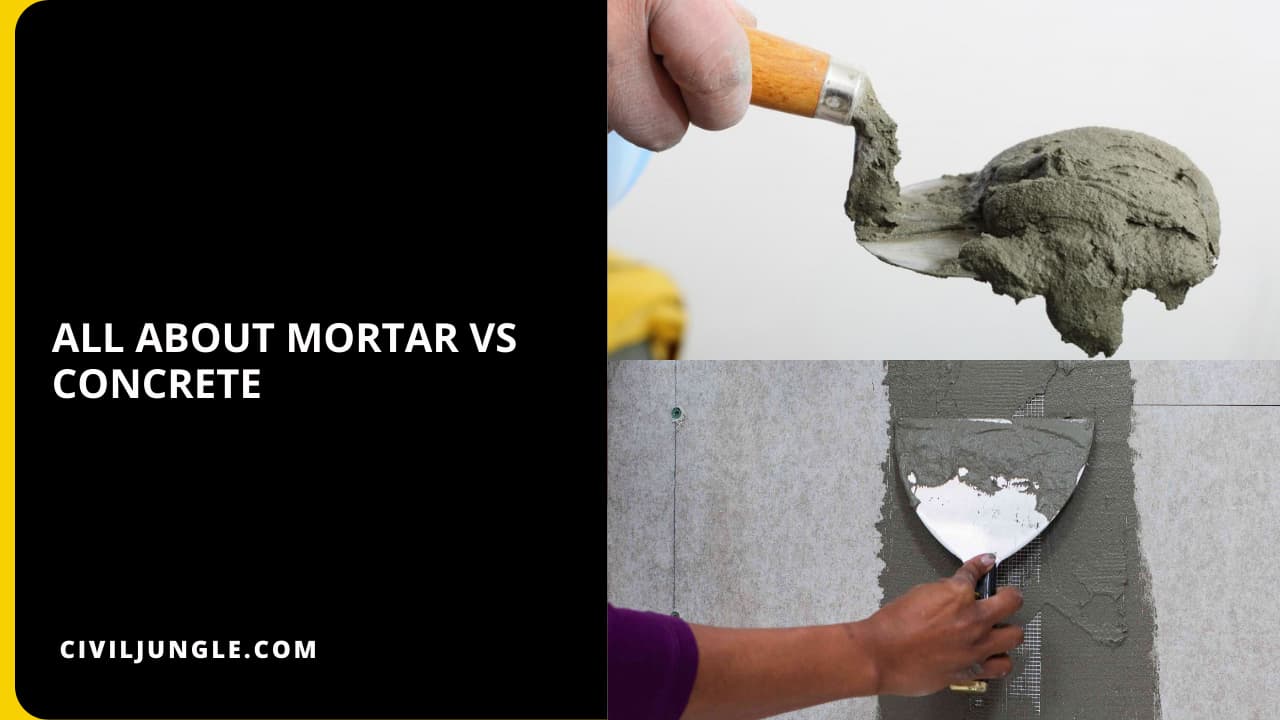
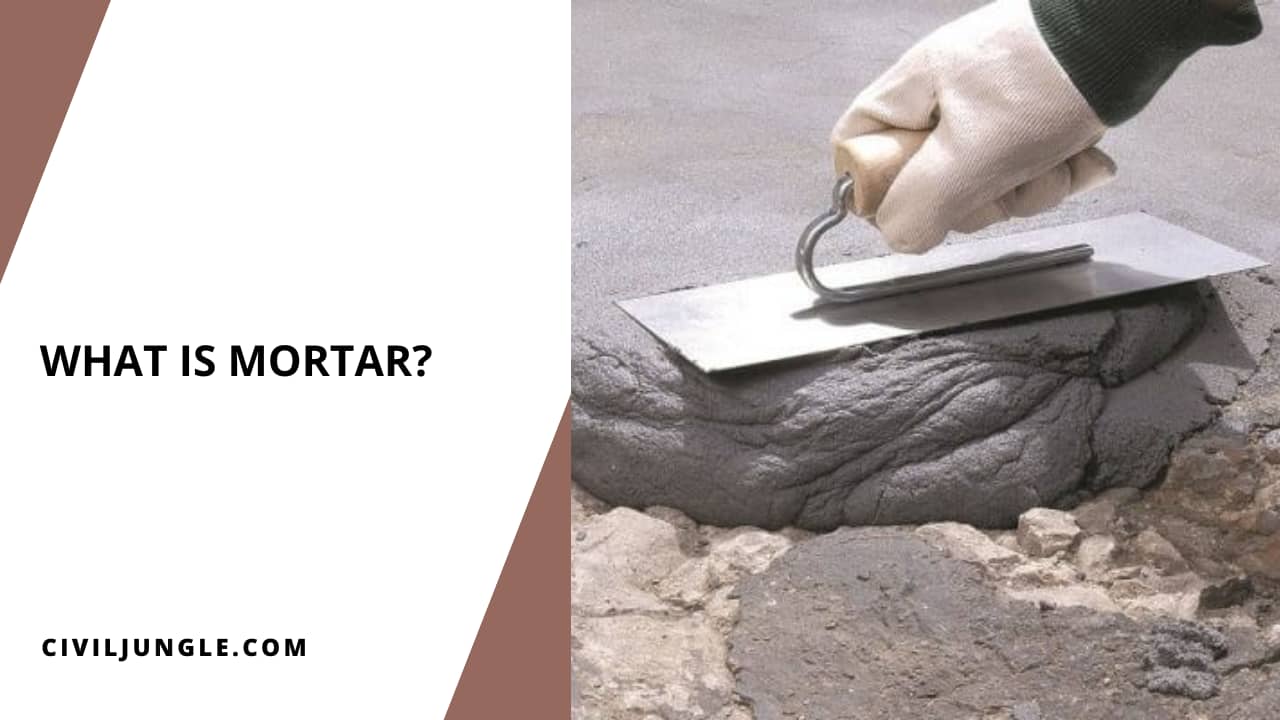
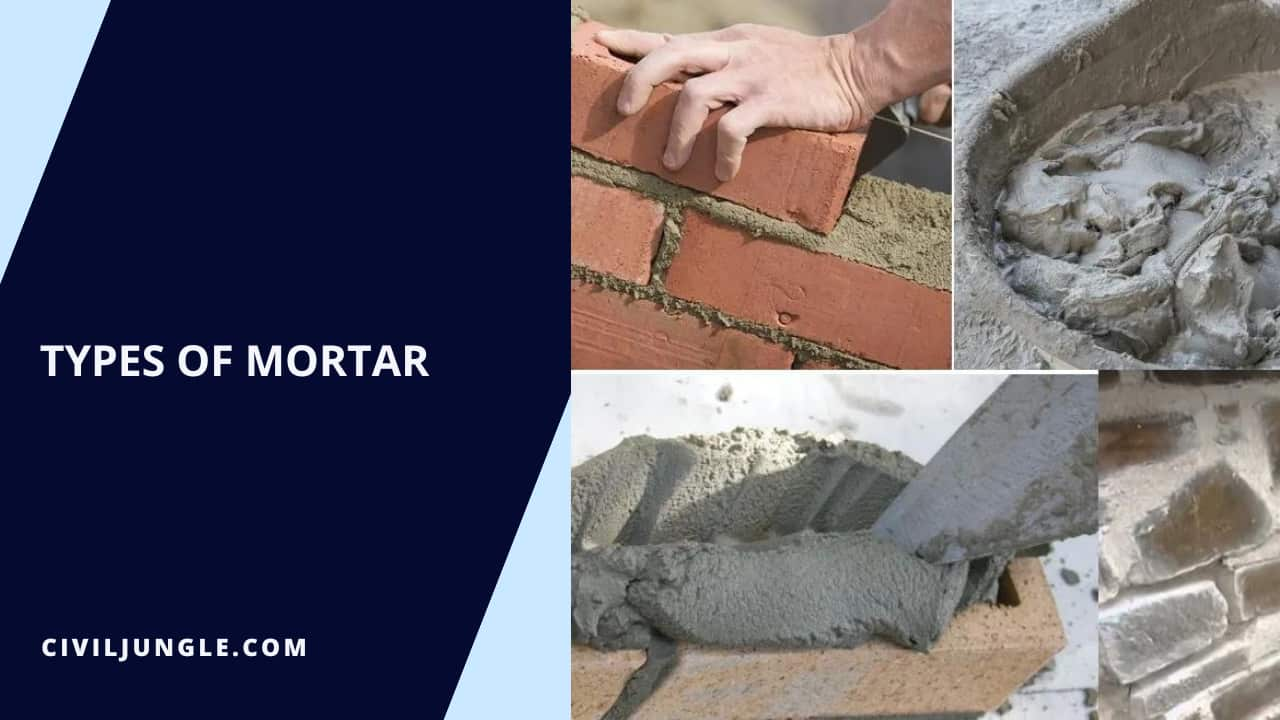
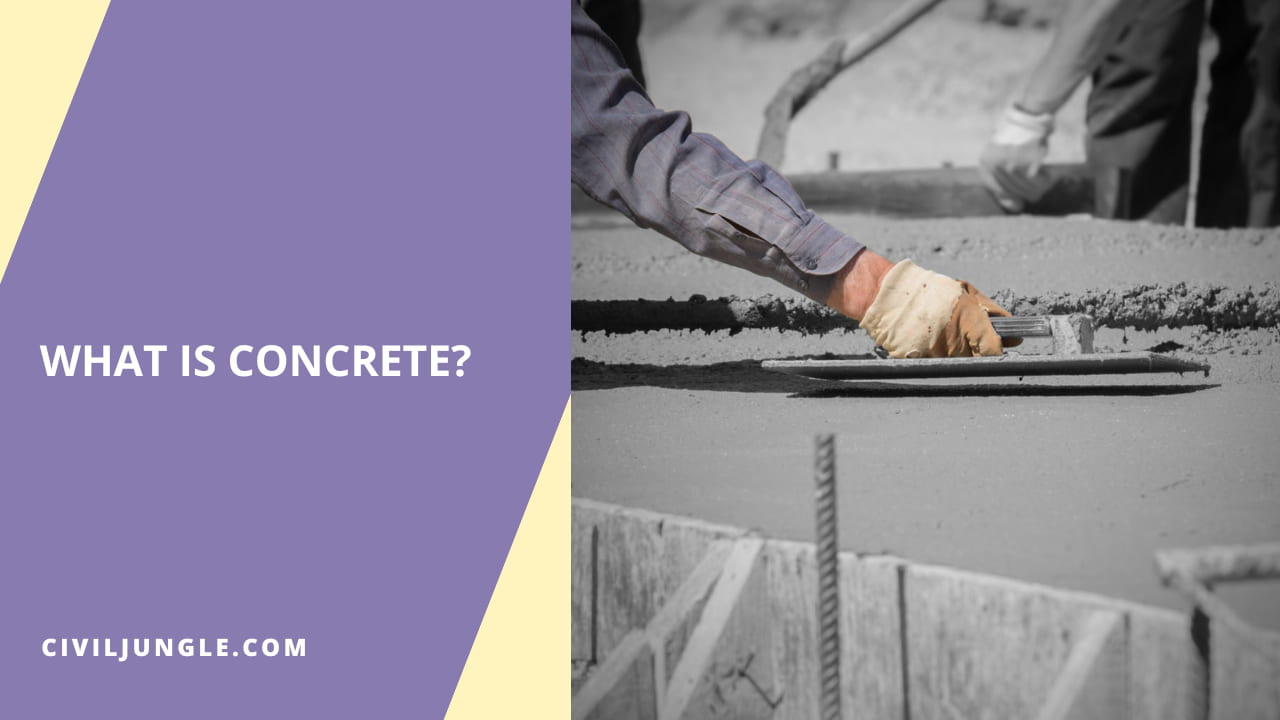
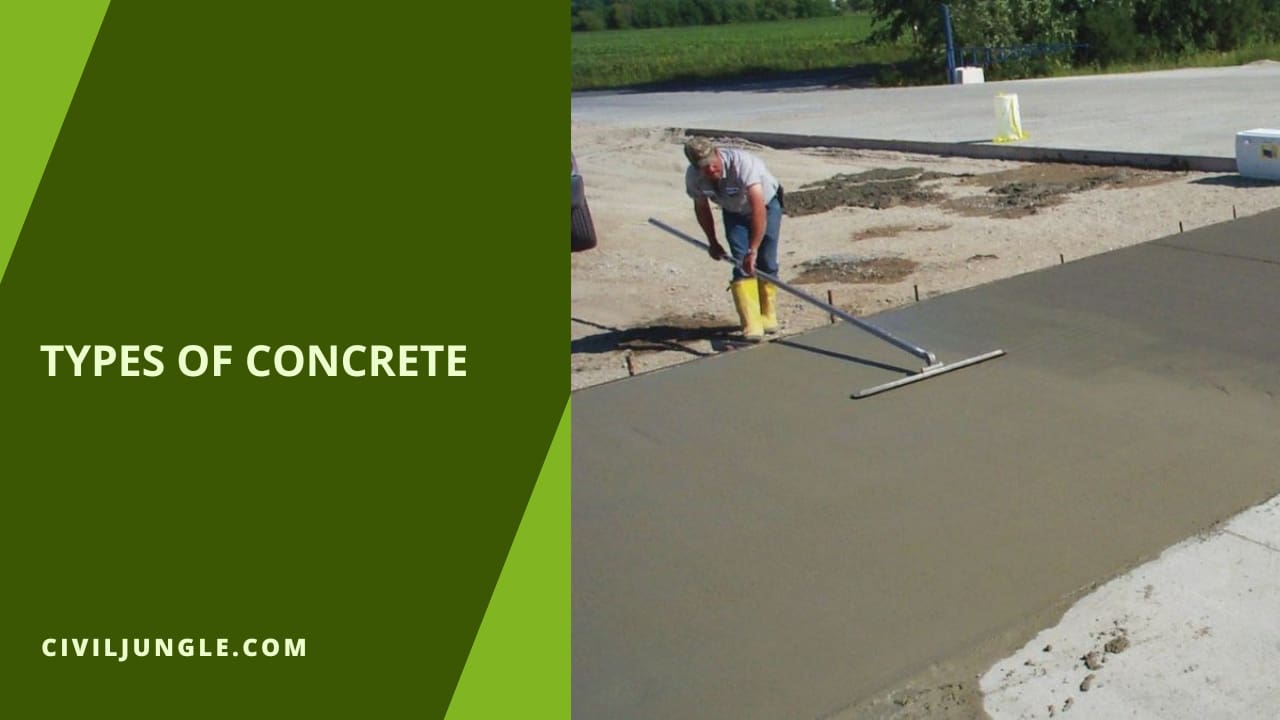
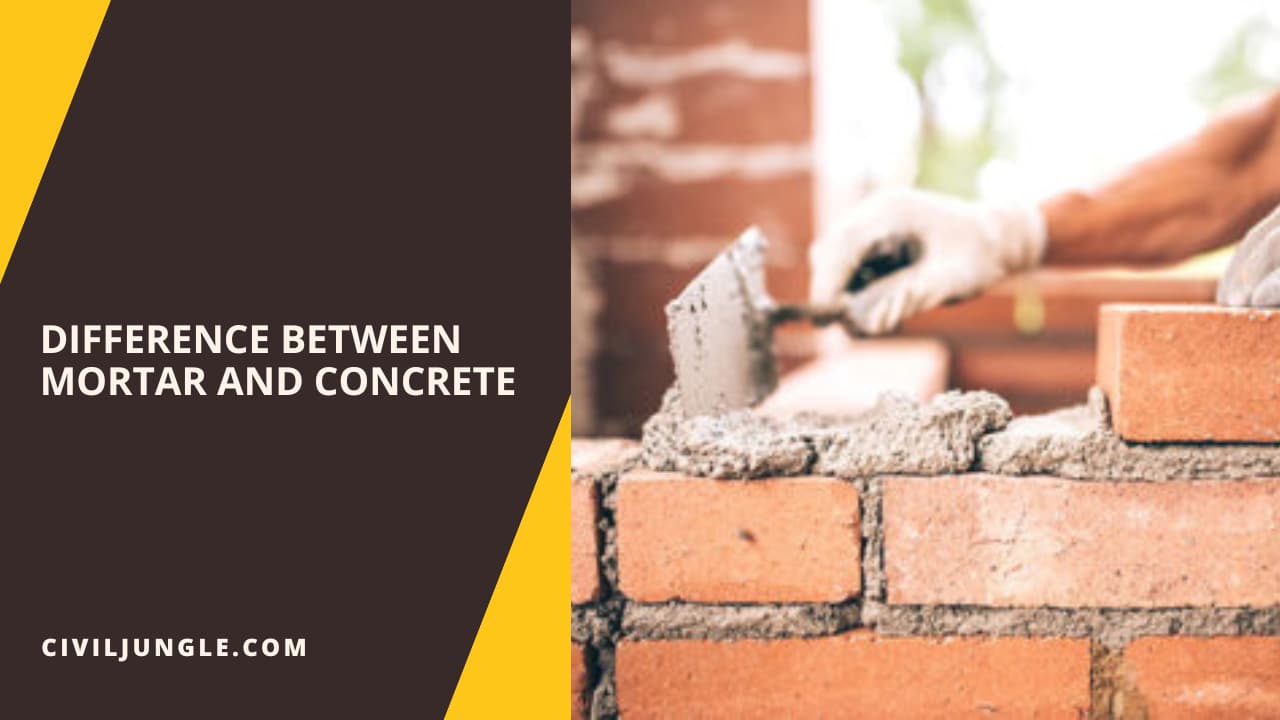

Leave a Reply